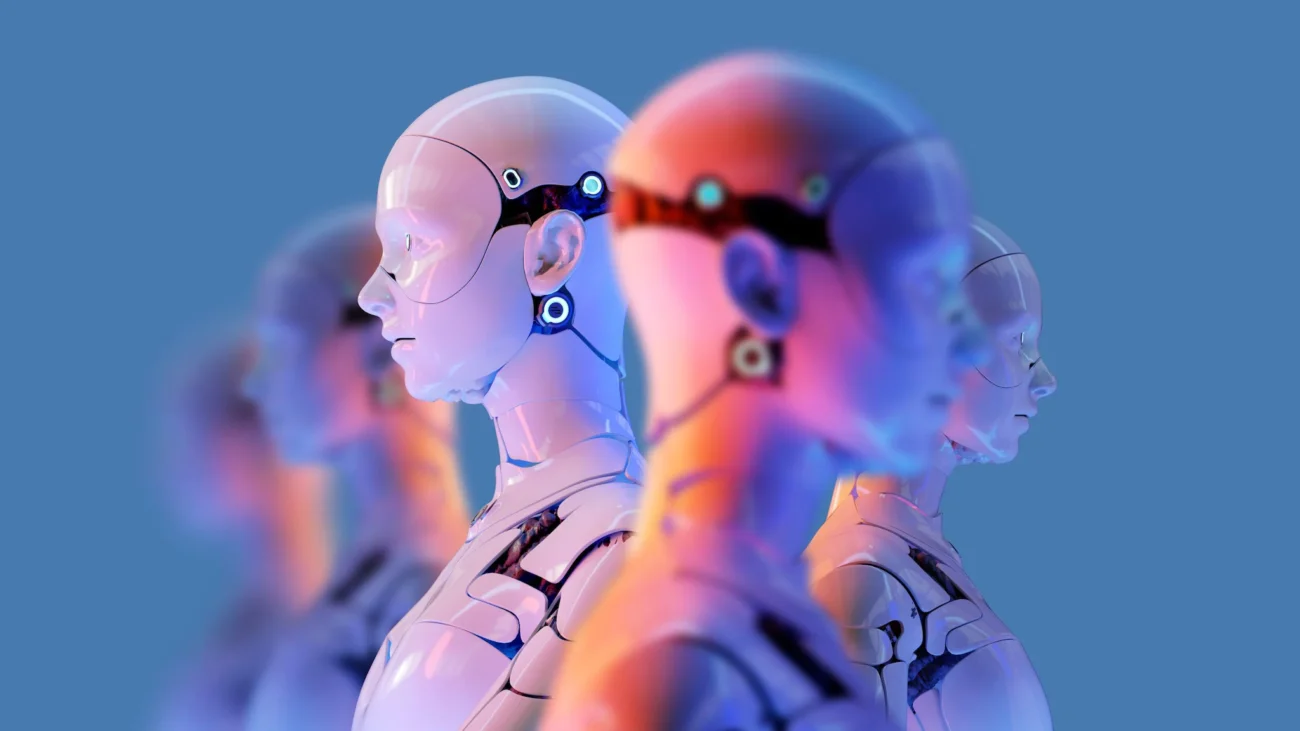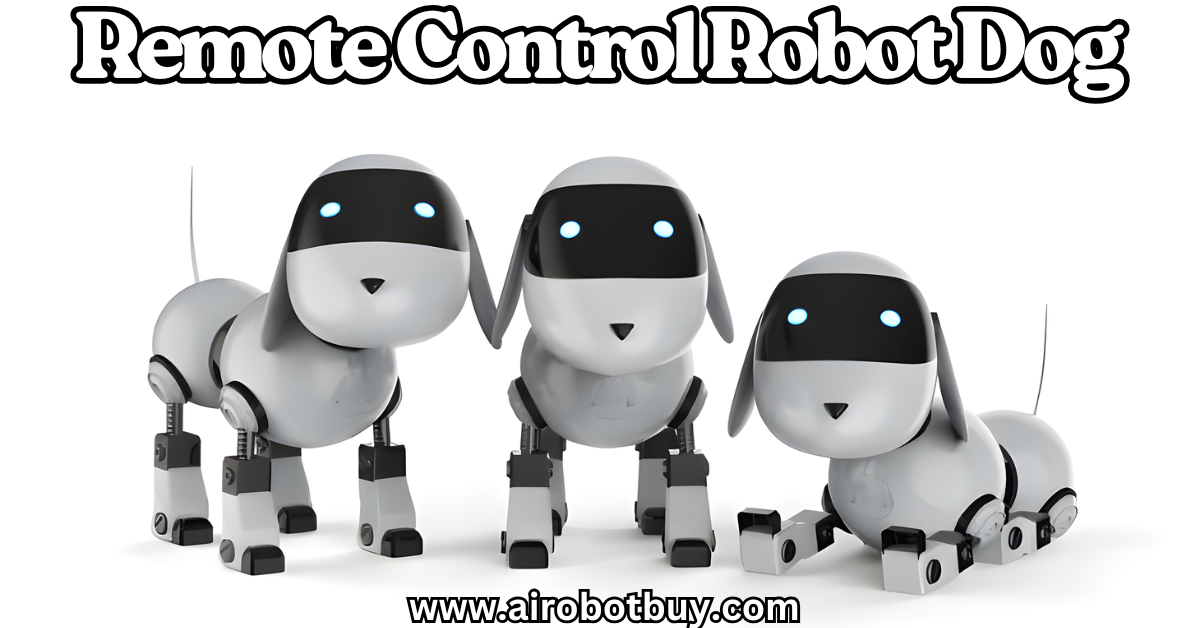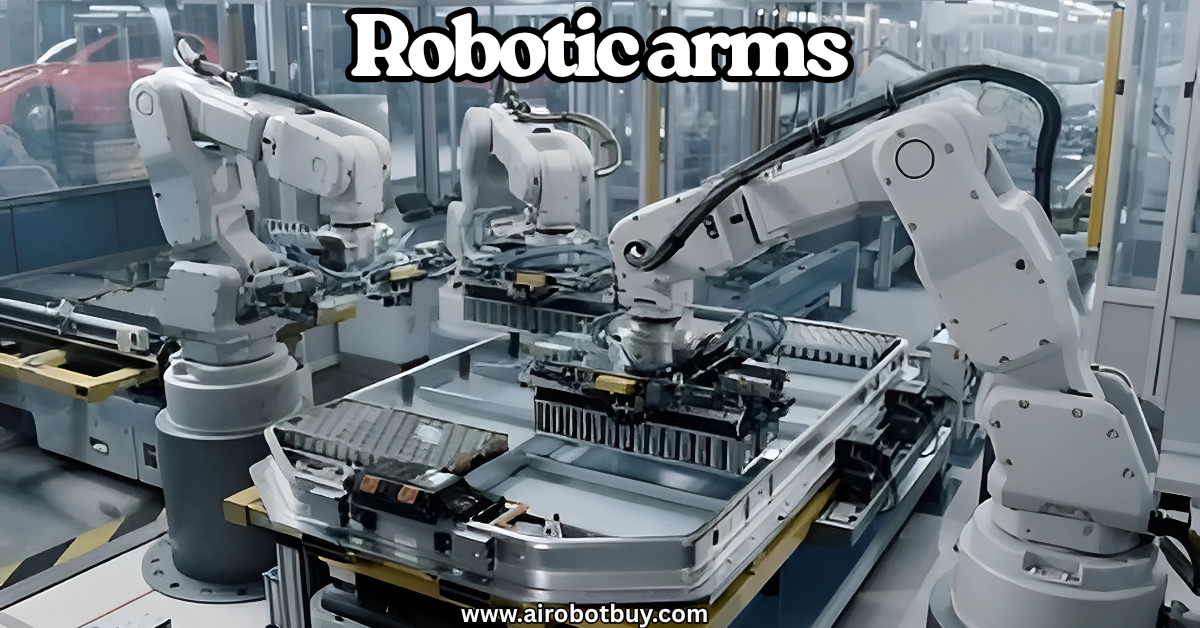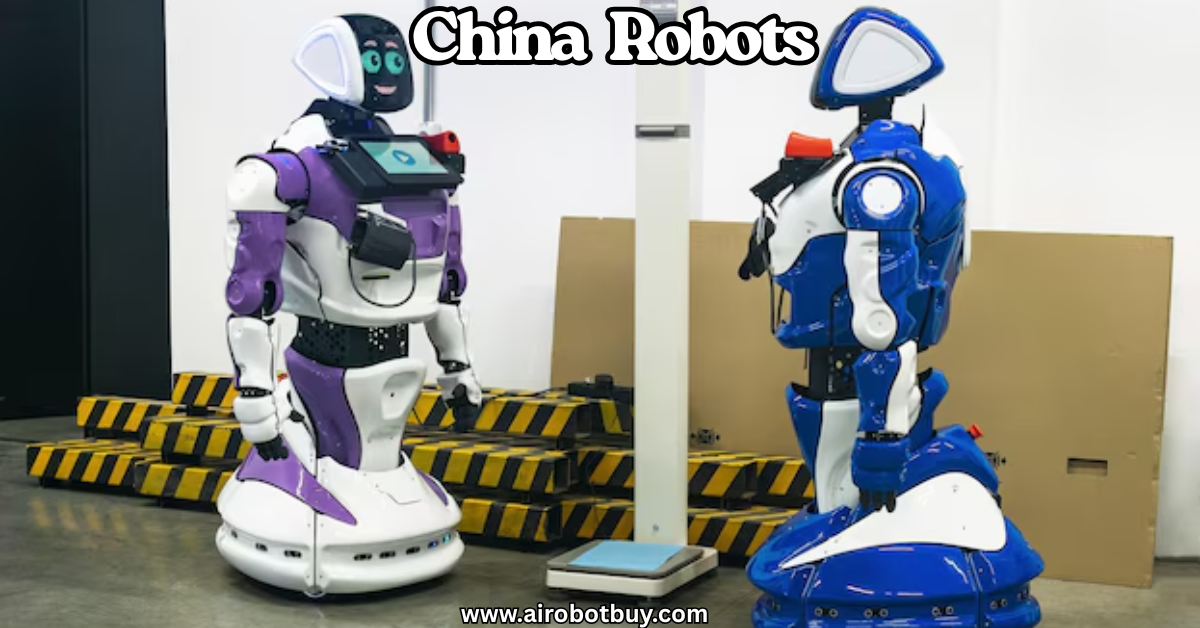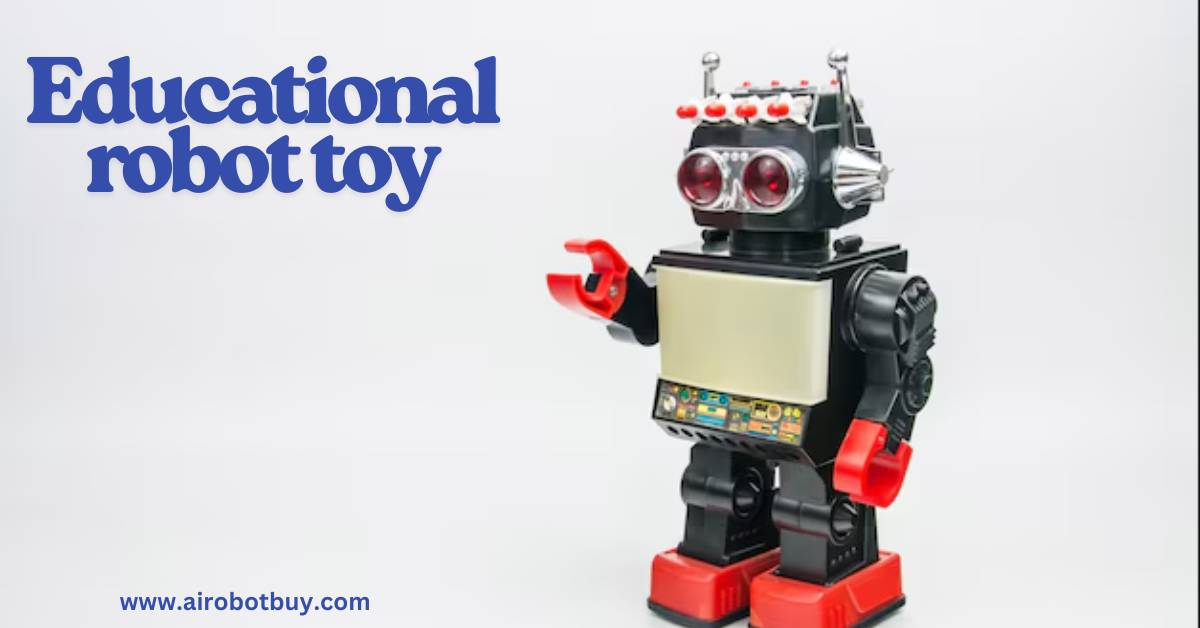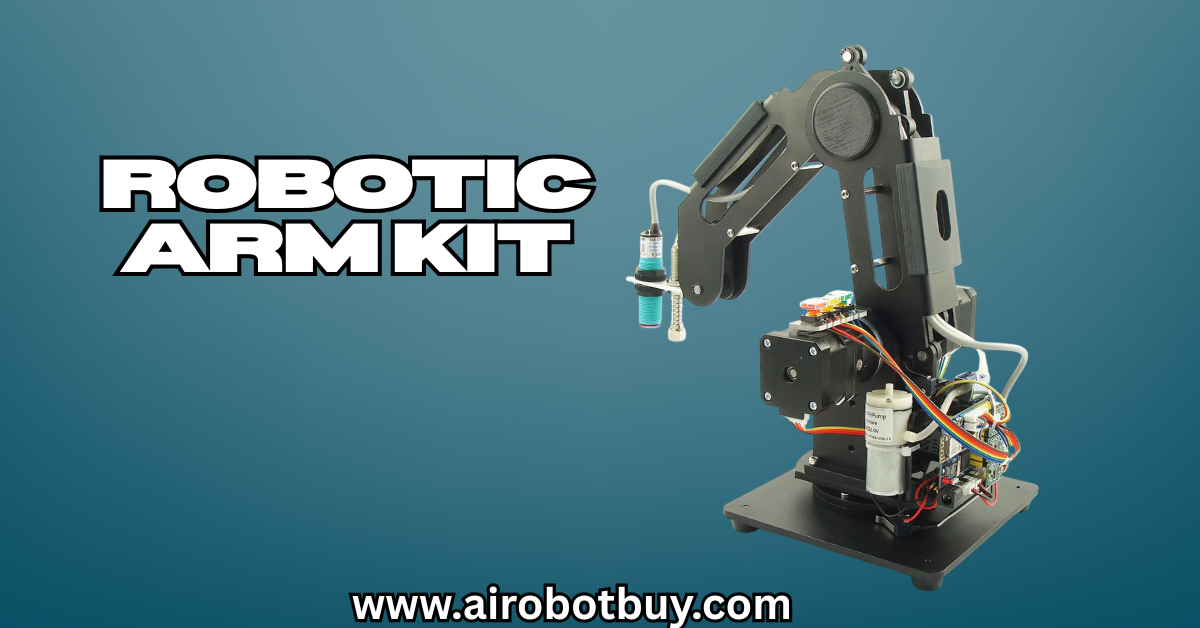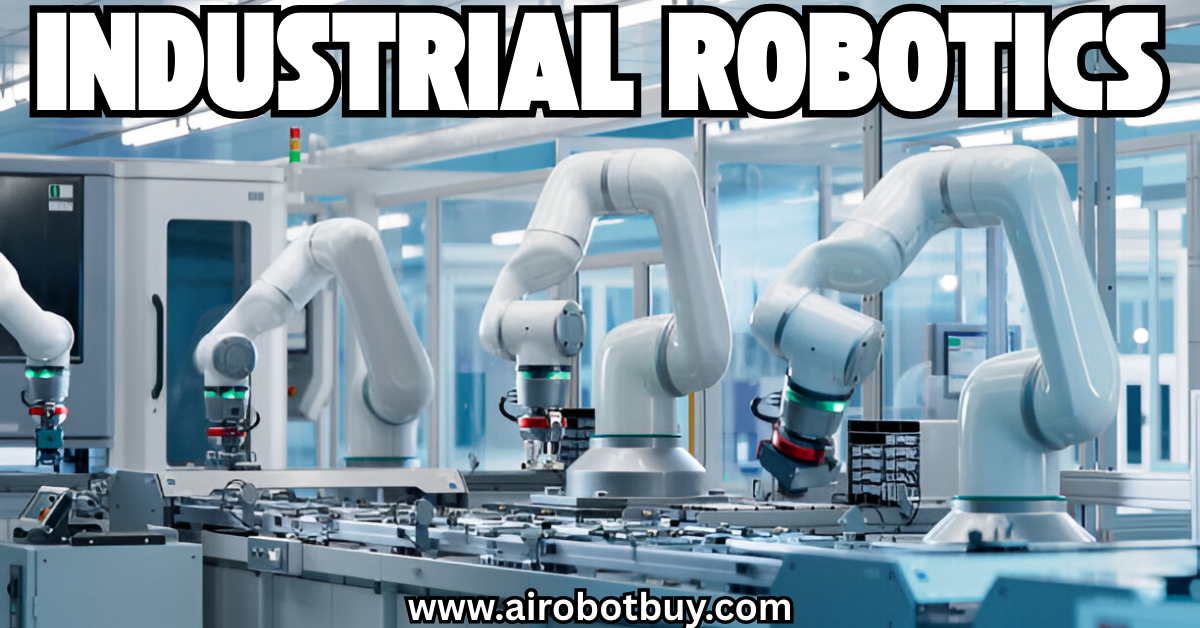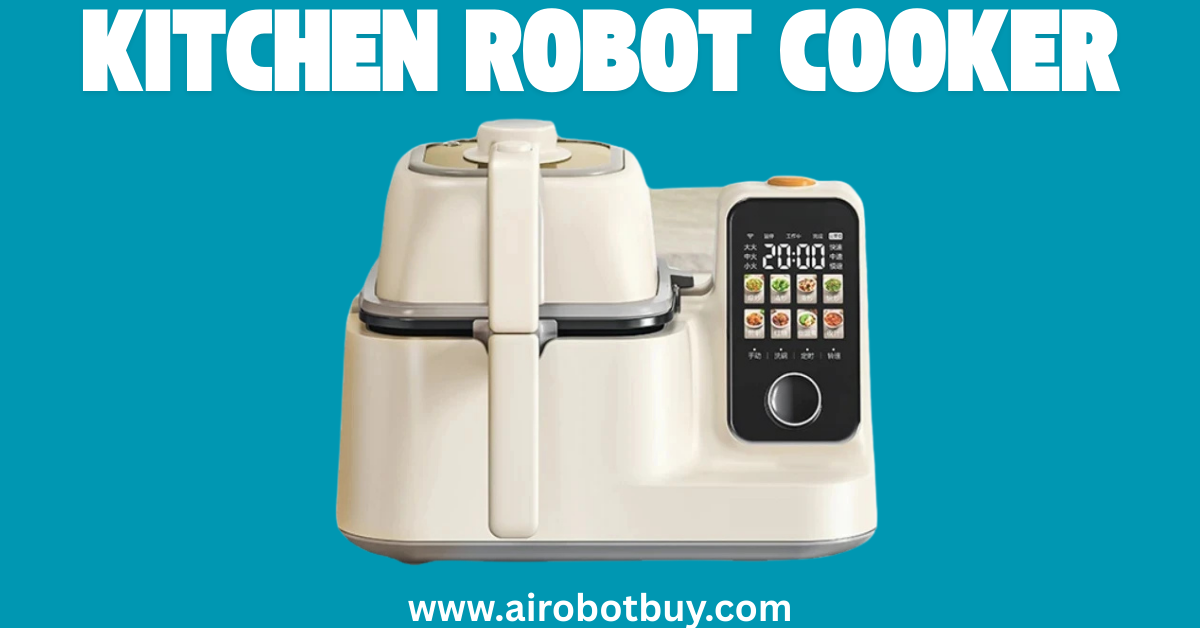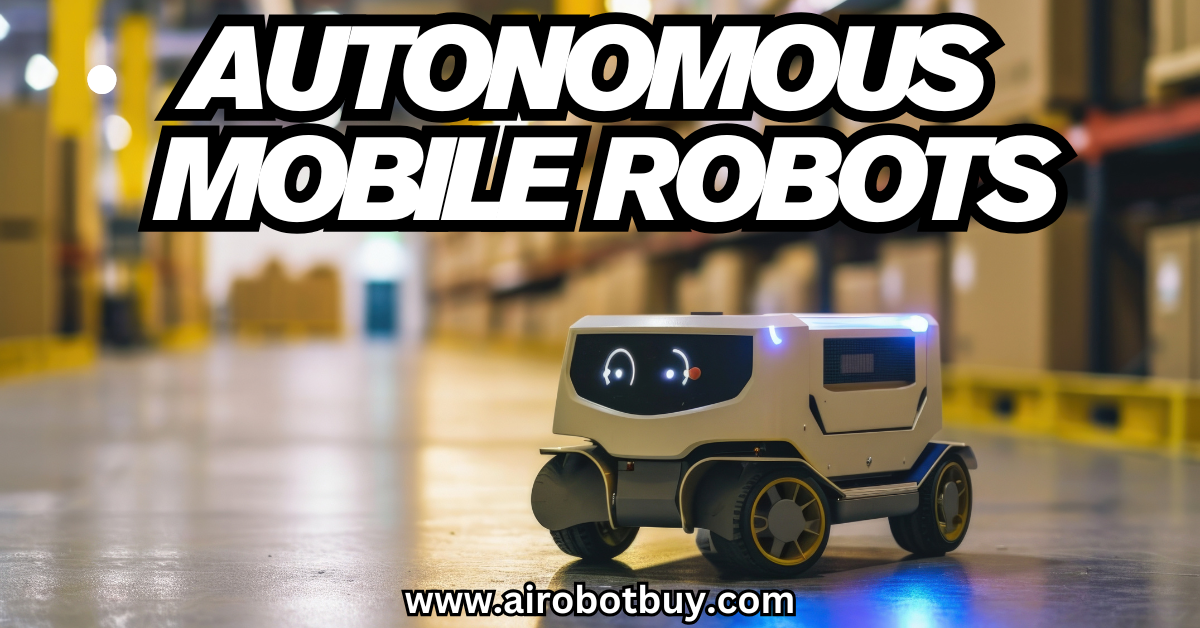Humanoid robots are no longer a futuristic dream confined to sci-fi movies; they’re here, reshaping how we live, work, and connect with technology. Unlike traditional machines built for single tasks, modern humanoid robots are designed to think, feel, and interact with the world around them in surprisingly human-like ways.
Humanoid Robots Detailed Guide
At their core, these robots combine artificial intelligence, advanced sensors, and emotional recognition systems to create a form of companionship that feels both intelligent and empathetic. They don’t just follow commands; they learn from human behavior, adapt to emotions, and respond naturally, whether it’s offering a greeting, managing tasks, or simply keeping you company after a long day.
Moreover, it’s Powered by breakthroughs in AI-driven learning, voice processing, and motion technology; humanoid robots have evolved into true smart companions. They integrate seamlessly into modern smart home ecosystems, syncing with devices, adjusting environments, and even supporting productivity in offices.
In short, humanoid robots represent a new era, one where machines are not just tools but partners in daily life, bringing emotion, intelligence, and interactivity together like never before.

What Is a Humanoid Robot?
A humanoid robot is a type of intelligent machine designed to look, move, and sometimes even think like a human being. These robots are equipped with artificial intelligence (AI), motion sensors, cameras, microphones, and mechanical actuators that allow them to interact naturally with people and their surroundings.
Unlike traditional industrial robots that perform repetitive tasks, humanoid robots are built to understand human behavior and respond intelligently. They can recognize faces, interpret emotions, carry on conversations, and assist in everyday activities, whether it’s helping at home, guiding customers in offices, or supporting educational environments.
At their core, humanoid robots mimic the human body structure, featuring a head, torso, arms, and sometimes legs. This design allows them to move with remarkable precision — walking, waving, or even dancing, all while maintaining balance through advanced motion control systems.
But what truly sets modern humanoid robots apart is their emotional intelligence. Through advanced AI learning, they can detect tone of voice, facial expressions, and contextual cues, enabling them to react appropriately offering a smile, greeting, or response that feels almost human.
Today, brands like Humanoid Robot are pushing these capabilities even further, merging AI personality, adaptive behavior, and cloud connectivity to create the next generation of smart companions for homes and offices. These aren’t just robots they’re evolving partners designed to make human life smarter, easier, and more connected than ever before.
Key Features That Make Humanoid Robots Stand Out
What makes humanoid robots truly remarkable isn’t just their lifelike appearance — it’s the powerful combination of AI intelligence, precision engineering, and emotional interaction that sets them apart from other machines. Designed to act, react, and even express emotions like humans, these robots are redefining how we interact with technology.
1. Advanced Artificial Intelligence (AI)
At the heart of every humanoid robot lies an intelligent AI system capable of learning from experience and adapting to user behavior. This means the more time you spend with your humanoid robot, the smarter and more personalized its responses become. It can understand context, recognize commands, and even anticipate your needs.
2. Real-Time Emotion Recognition
Modern humanoid robots are equipped with facial recognition cameras and emotional sensors that can detect subtle changes in tone, expression, and movement. This enables them to respond with empathy, smiling, nodding, or offering comfort, creating a truly human-like interaction.
3. Natural Voice Communication
With built-in voice recognition and speech synthesis, humanoid robots can hold fluent conversations, answer questions, and assist with tasks. They understand natural language rather than just robotic commands, making communication effortless and engaging.
4. Human-Like Motion and Gesture Control
Thanks to advanced motion control systems and actuators, humanoid robots can walk, wave, turn, or dance with balance and precision. These lifelike movements help them blend seamlessly into social and professional environments.
5. Smart Home and Office Integration
Your humanoid robot can connect with other smart devices adjusting lighting, playing music, setting reminders, or helping you manage daily schedules. In offices, it can greet visitors, share information, or provide real-time updates, acting as both a virtual assistant and companion.
6. Interactive Display and Expression System
Many humanoid robots feature expressive digital “faces” or LED screens that display emotions through eyes and gestures. These visual cues make interactions more personal and enjoyable, allowing users to connect emotionally with their robotic companion.
7. Continuous Learning and Cloud Connectivity
Every interaction contributes to your robot’s intelligence. Through AI cloud connectivity, humanoid robots receive updates, learn new skills, and improve performance over time — ensuring they stay up-to-date with evolving technology and user preferences.
In short, humanoid robots represent the perfect balance between technology and emotion. With their ability to learn, communicate, and connect, they’re not just machines — they’re companions built to make modern living more efficient, engaging, and human-centered.
How Humanoid Robots Work?
Humanoid robots are a fascinating blend of engineering, artificial intelligence, and human-centered design. Unlike conventional machines that simply execute commands, humanoid robots are built to observe, process, learn, and react just like we do. Understanding how they work reveals why they’re considered the next step in smart technology for homes and workplaces.
1. Sensory Input and Perception
Every interaction starts with sensors. A humanoid robot uses high-resolution cameras, microphones, and touch sensors to perceive its surroundings. These components help it detect faces, voices, gestures, and objects. For example, when you speak, the robot’s audio sensors capture your voice, and its AI interprets both your words and tone to determine intent and emotion.
2. Artificial Intelligence and Decision-Making
Once data is received, it’s processed by the robot’s AI engine — the “brain” of the system. This engine uses machine learning algorithms to analyze context and decide how to respond. The robot can recognize individual users, learn personal preferences, and even adapt its behavior over time. This continuous learning process allows your Humanoid Robot to become more intuitive and helpful with every interaction.
3. Motion Control and Movement
Precision movement is what gives humanoid robots their lifelike presence. Using a network of motors, actuators, and balance sensors, they coordinate smooth, natural motions — from walking and waving to turning their heads and maintaining posture. Advanced gyroscopic systems ensure stability, even during complex tasks or uneven surfaces.
4. Speech and Emotional Communication
Through natural language processing (NLP) and voice synthesis, humanoid robots can hold meaningful conversations. They don’t just respond to commands; they engage. By combining speech recognition with emotional analysis, your Humanoid Robot can detect happiness, stress, or fatigue in your tone and respond empathetically — making interactions feel genuinely human.
5. Connectivity and Cloud Intelligence
Modern humanoid robots connect seamlessly with Wi-Fi and smart ecosystems. Cloud connectivity allows them to access updates, download new behaviors, and communicate with other smart devices like lighting systems, thermostats, and assistants such as Alexa or Google Home. This ensures your robot remains current with the latest software and user-experience improvements.
6. Power Management and Battery Efficiency
All this intelligence runs on advanced power systems. Humanoid robots feature high-density lithium-ion batteries optimized for long runtime and fast charging. Smart power management allows them to balance performance and efficiency ideal for both home and office environments, where continuous operation is key.
In essence, humanoid robots work by integrating perception, intelligence, and motion into one cohesive system. Your Humanoid Robot takes these capabilities further, using enhanced AI learning and emotional response technology to create an experience that feels natural, adaptive, and personal, not mechanical.
Why Humanoid Robots Are the Future of Smart Living and Workspaces
As technology continues to evolve, humanoid robots are emerging as one of the most significant innovations of our time. These advanced machines go beyond automation — they bring intelligence, empathy, and adaptability into daily life, redefining what it means to live and work alongside technology.
1. Bridging the Gap Between Humans and Machines
Humanoid robots are not just tools; they’re designed to connect with people on an emotional and functional level. By recognizing facial expressions, interpreting speech, and adapting to behavior, they create a more natural interaction between humans and technology. This human-like understanding transforms routine experiences — from managing home devices to assisting in professional tasks — into something effortless and personal.
2. Enhancing Everyday Productivity
In offices and workplaces, humanoid robots act as personal assistants, receptionists, and team companions. They can schedule meetings, provide reminders, share updates, and even greet visitors with warmth and precision. Their ability to learn and adapt makes them an ideal partner in environments where efficiency and communication matter most.
3. Elevating Comfort at Home
At home, humanoid robots simplify modern living. They can control smart home systems, monitor energy usage, provide entertainment, and even offer companionship. For children, they serve as engaging learning partners; for the elderly, they provide assistance and emotional connection — bridging gaps in care and communication.
4. Redefining Emotional Intelligence in Technology
What makes humanoid robots special is their ability to feel — or at least, to simulate emotions intelligently. By combining AI with emotional analytics, these robots recognize your mood and respond appropriately. This level of interaction creates an experience that’s far more human than mechanical, reducing loneliness and increasing engagement.
5. Sustainable and Scalable Innovation
Humanoid robots are built on energy-efficient, modular designs, meaning they can evolve. As software and AI systems advance, your robot can receive updates to learn new skills and expand its capabilities — a sustainable approach to long-term innovation.
The future of smart living and workspaces isn’t just about connectivity, it’s about companionship and collaboration. Your Humanoid Robot embodies that vision by merging cutting-edge AI, human-like awareness, and adaptive learning to create an experience that’s personal, efficient, and emotionally engaging.
Featured Product: 16 DOF Humanoid Robot “Robosoul H5S”
Among the humanoid entertainment robots available today, the Robosoul H5S stands out as one of the best all-rounder options due to its balance of specs, interactivity, and performance. If your goal is to bring a smart, expressive robot into your home, office, or a demonstration scenario, this model offers strong value and capabilities.
Humanoid Robot Buying Guide — How to Choose the Right One?
Investing in a humanoid robot is a big step toward the future of smart living and automation. But with so many models on the market, it’s important to know what truly matters before making your choice. Whether you’re looking for a personal AI companion, a home assistant, or a workplace helper, this guide will help you find the perfect fit.
1. Understand Your Purpose
Start by asking yourself: Why do I need a humanoid robot?
- For home use, look for models that offer emotional interaction, smart home connectivity, and entertainment features.
- For office or business settings, prioritize performance, speech accuracy, and task automation.
- For education or research, choose robots with open-source software and customization options.
Your Humanoid Robot can adapt across all these environments — designed to be flexible, intuitive, and multi-functional.
2. Check Core Specifications
A robot’s performance depends on its hardware and AI capabilities. Compare the following:
- Processor: Determines speed and multitasking performance.
- RAM: Enables smooth operation of AI features.
- Sensors and Cameras: Essential for movement, recognition, and navigation.
- Connectivity: Ensure Wi-Fi, Bluetooth, or smart ecosystem compatibility.
- Battery Life: Look for at least 6–8 hours of active use per charge for consistent reliability.
Each Humanoid Robot model is built with optimized hardware to balance performance, durability, and efficiency for both home and office use.
3. Look for Emotional Intelligence and Interactivity
Not all humanoid robots are emotionally aware. Choose one that offers facial recognition, voice modulation, and mood response systems. These features make interaction more human-like and enjoyable, which is especially important for companionship or customer-facing roles.
4. Evaluate Design and Build Quality
Since humanoid robots are part of your visible environment, design matters. Consider:
- A clean, minimalist look for offices.
- A friendly, expressive face for homes or customer interactions.
- Durable materials that withstand long hours of use.
The Humanoid Robot lineup emphasizes both aesthetics and strength , combining sleek design with advanced mechanics for stability and smooth motion.
5. Software Updates and Support
Choose a brand that provides regular updates and technical support. Continuous software improvements keep your robot learning and performing at its best. Humanoid Robot offers remote updates and responsive customer service to ensure your device evolves with technology.
6. Compare Price vs. Value
High-end features don’t always require high-end pricing. Look for robots that offer AI precision, emotional intelligence, and reliability without unnecessary costs. With Humanoid Robot, you get a balance of premium quality and affordability — a long-term investment in smart living.
When buying a humanoid robot, think of it as more than a gadget, it’s a partner that will grow with you. xplore the latest models and specifications on the official AI Robot Buy Store to discover how our technology is bringing the future of smart companionship into homes and offices today.




















